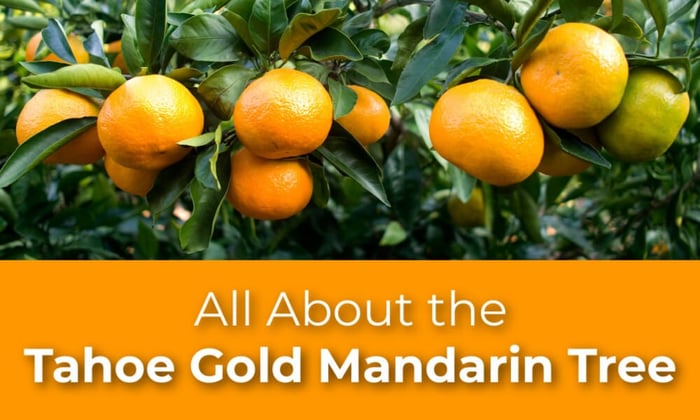Citrus fruits, with their delightful blend of sweetness and tanginess, are a perennial favorite. However, the world of citrus can be surprisingly complex, especially when it comes to closely related fruits like clementines, satsumas, and tangerines. At first glance, these mandarins may appear quite similar, but they possess subtle distinctions that make each one unique. For those looking to cultivate mandarin trees, a common question arises: what sets clementines, satsumas, and tangerines apart?
"Mandarin" is a term often used to encompass a group of citrus fruits characterized by their thin, easily peelable skin and sweet flavor. Among these, clementines, satsumas, and tangerines stand out as some of the most well-known types.
The Origin of Clementines, Satsumas and Tangerines:
Clementines are a variety of mandarins and are believed to be a hybrid between a sweet orange and a willowleaf mandarin. They are primarily grown in Spain, Morocco, and the United States. Satsumas, on the other hand, are another variety of mandarins, but they are a distinct cultivar originating from Japan. They are also grown in the United States, especially in regions with a mild climate. Tangerines, another popular mandarin, are a group of citrus fruits that are believed to have originated in Southeast Asia and made its way along the Silk Road Trade Route to Northern Africa. Its name comes from the seaport city where it was widely exported, Tangiers, Morocco.
Size and Appearance:
Clementines are typically small, round citrus fruits with a bright orange, glossy, and smooth skin. They are often seedless or have very few seeds. Satsumas are slightly larger than clementines and have loose, easy-to-peel skins. They are usually seedless and have a thin, delicate rind. Tangerines can have variations in size, and are generally small to medium-sized. They all share the characteristic loose, easy-to-peel skin and tend to have few seeds or none at all.
Taste and Flavor:
Clementines are known for their sweet, slightly tangy flavor. They are often juicy and have a pleasant balance of sweetness and acidity. Satsumas are exceptionally sweet with a mild, less acidic taste. Their segments are tender and easy to separate. Tangerines generally have a sweet and slightly tangy taste, but the sweetness can vary based on factors like ripeness and variety.
Seasonality:
Clementines are typically in season from late fall to early winter. Satsumas are also in season during the late fall and early winter, often overlapping with clementine season. Different tangerine varieties can have varying seasons, but many are available in the late fall and winter months. Since different varieties of mandarins ripen at sightly different times of season- some in late fall and some in the early spring- it is a great idea to plant three different varieties. Growing an early, mid-season and late ripening tree will extend your mandarin harvest season. Early varieties include Owari Satsuma, Lee x Nova and Clementine. Mid-season varieties are Kishu, Dancy, Tahoe Gold and Pixie. Late season varieties include Gold Nugget, Minneola Tangelo, W. Murcott and Yosemite Gold.
Clementines, satsumas, and tangerines are all delightful citrus fruits with subtle distinctions in origin, size, appearance, taste, and seasonality. While they are closely related and share many similarities, these differences should help you identify and appreciate each fruit's unique characteristics.




